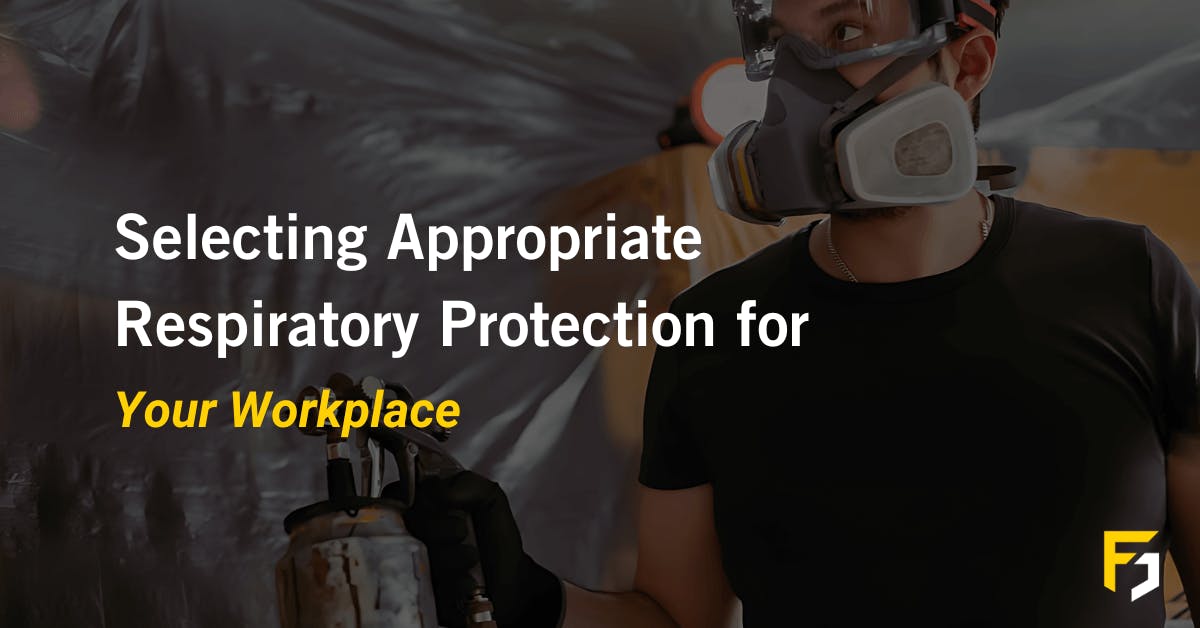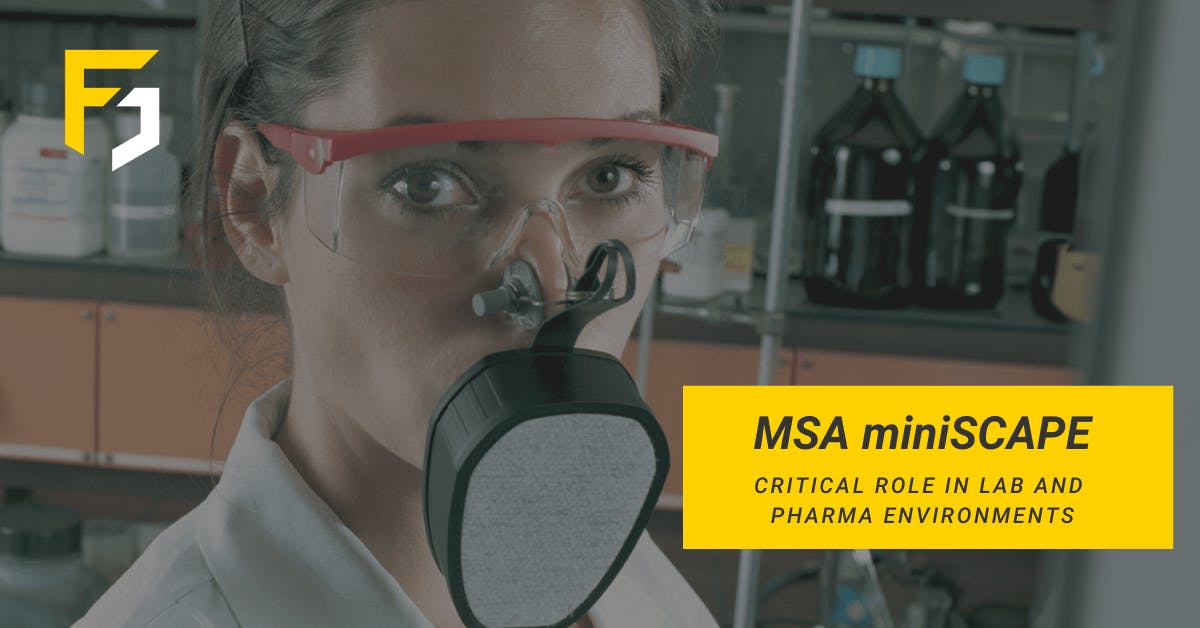
BW GasAlert MicroClip XT - How Bump Test and Manually Calibrate
Bump tests and the proper manual calibration of the gas detectors you and your team use are vital. In this guide with video tutorials, we'll walk you through the steps required to do so on the BW Technology GasAlert MicroClip XT. The MicroClip XT is obsolete and has been replaced by the BW GasAlert MicroClip XL available here! Your MicroClip XT can still be serviced.

Share this on Facebook, Twitter, LinkedIn and via email
As a caveat to these instructions, please always check the manufacturer's guidelines regarding the frequency of bump tests and calibration, and always comply with the site or company-specific procedures.

For both bump testing and calibration you need to have the following pieces of kit:
- the BW GasAlert MicroClip XT unit
- the calibration adaptor, which is shipped with the unit
- calibration tubing
- a test gas bottle with the required gases
- a regulator
BW GasAlert MicroClip XT - How to Bump Test
The purpose of a bump test is to put the known concentration of gases across the sensors to make sure the detector responds to the gases and goes into alarm. Here's how to do it on the GasAlert MicroClip XT:
- with the above equipment in place, make sure the unit is in measure mode
- fit the calibration adaptor to the front of the unit
- turn on the regulator to apply the gas to the sensors
- the unit will go into alarm mode as all 4 gases are present
- turn off the gas and remove the adaptor
Watch our video tutorial here.
Share this on Twitter, LinkedIn and via email
BW GasAlert MicroClip XT - How to Manually Calibrate
The equipment detailed above should also be used when you calibrate the GasAlert MicroClip XT. Here's how it's done.
- access the calibration menu on the device, this is done by holding down the power button on the front right of the unit
- the unit will begin the shutdown process, but first, it will access the calibration menu
- it will now "auto-zero" all readings
- when prompted to "apply gas", fit the calibration adaptor, attached to the calibration tubing, to the front of the unit
- turn the regulator to feed the gas from the test bottle onto the sensors
- once the sensors have responded to the gas concentrations present, turn off the gas and remove the adaptor, the unit has now been manually calibrated
We have a quick tutorial video which you can watch here.





